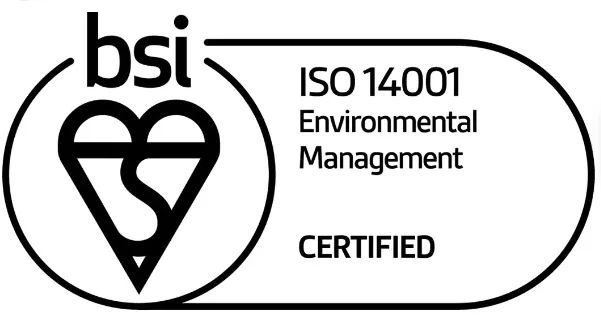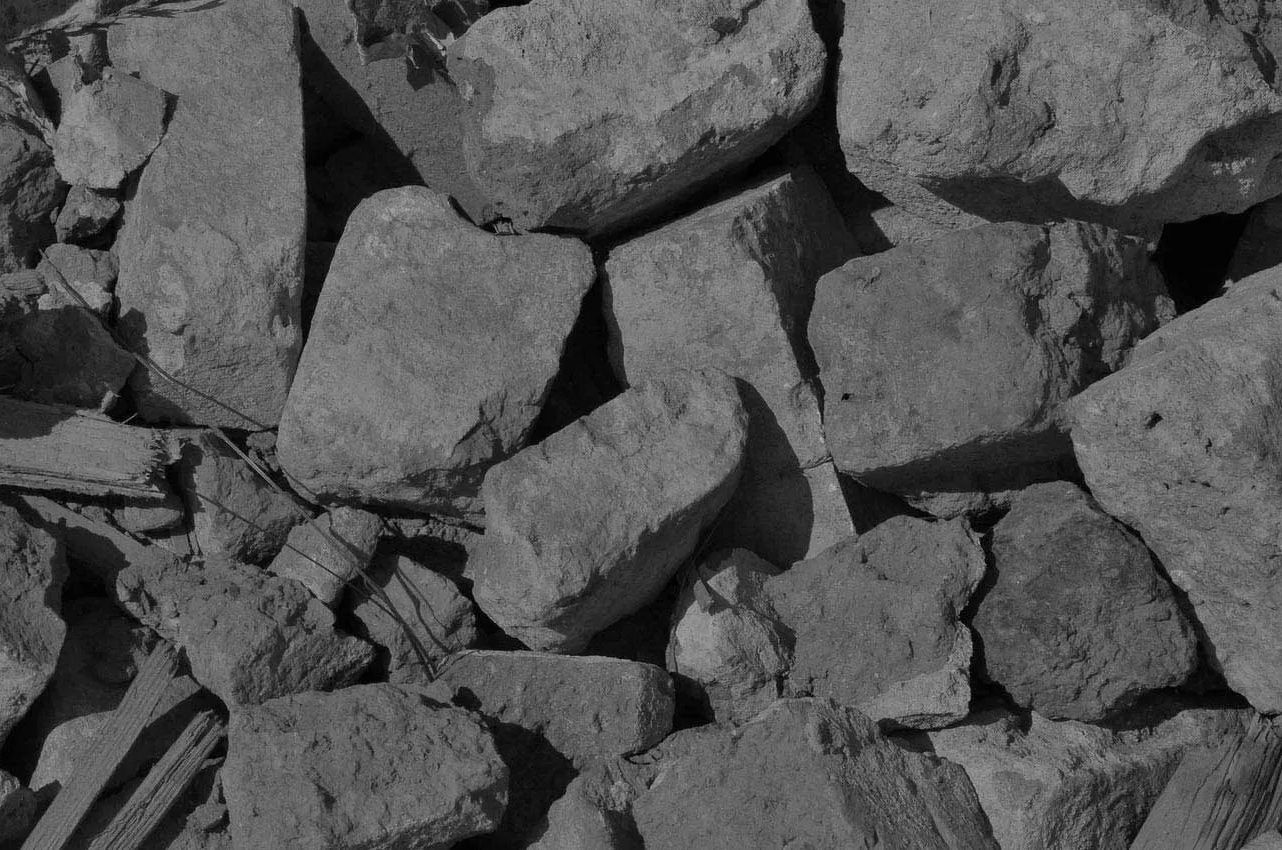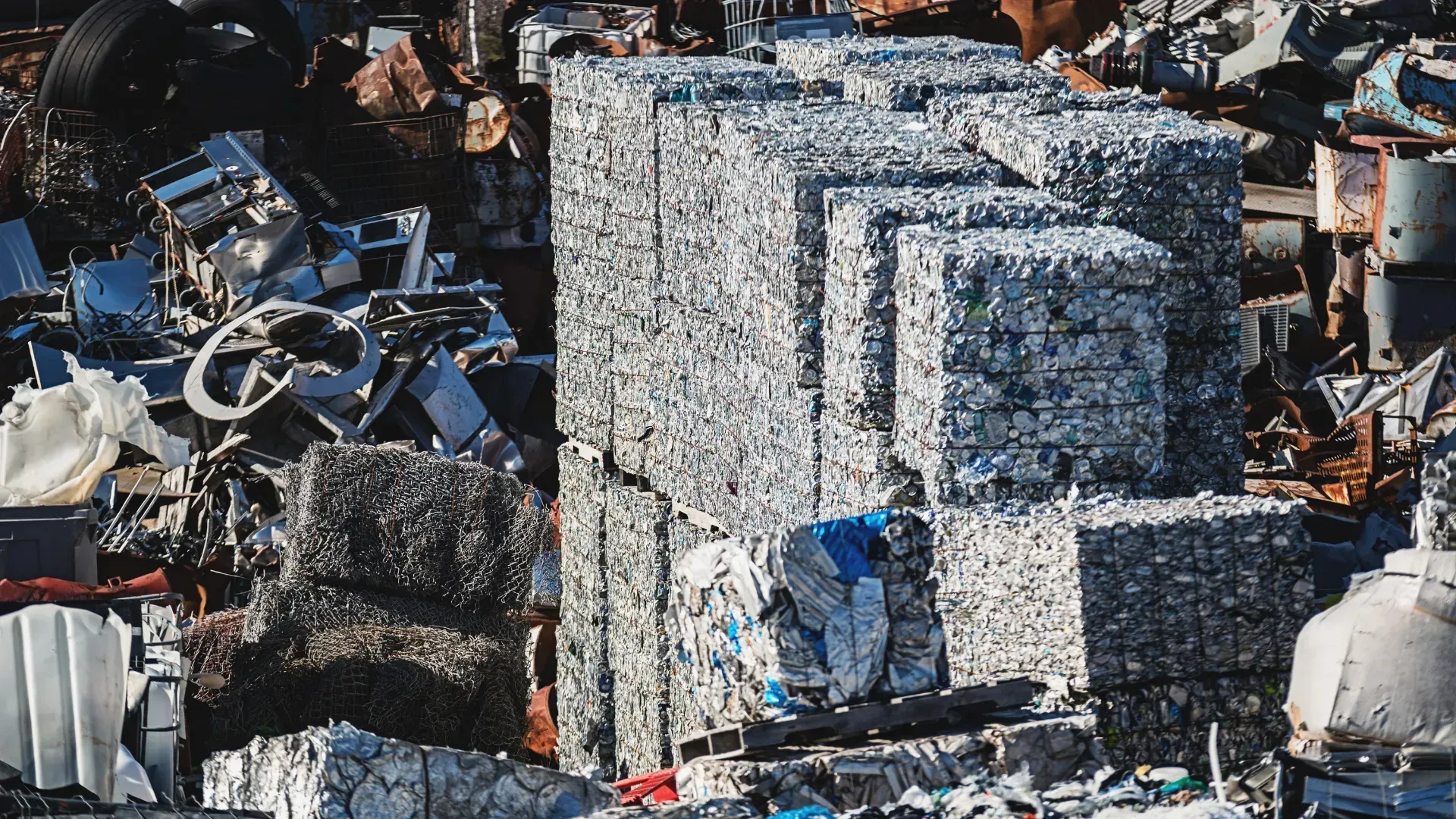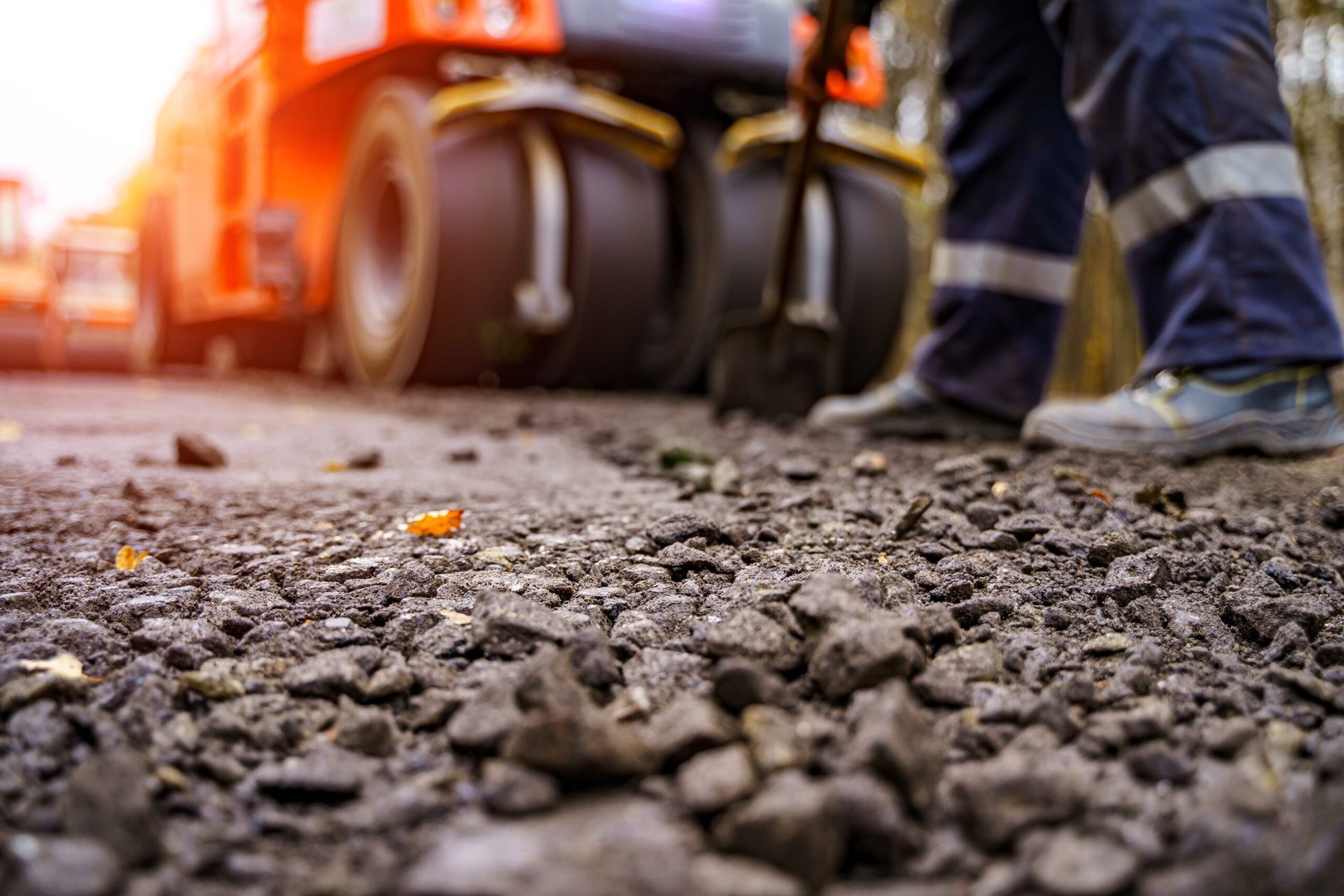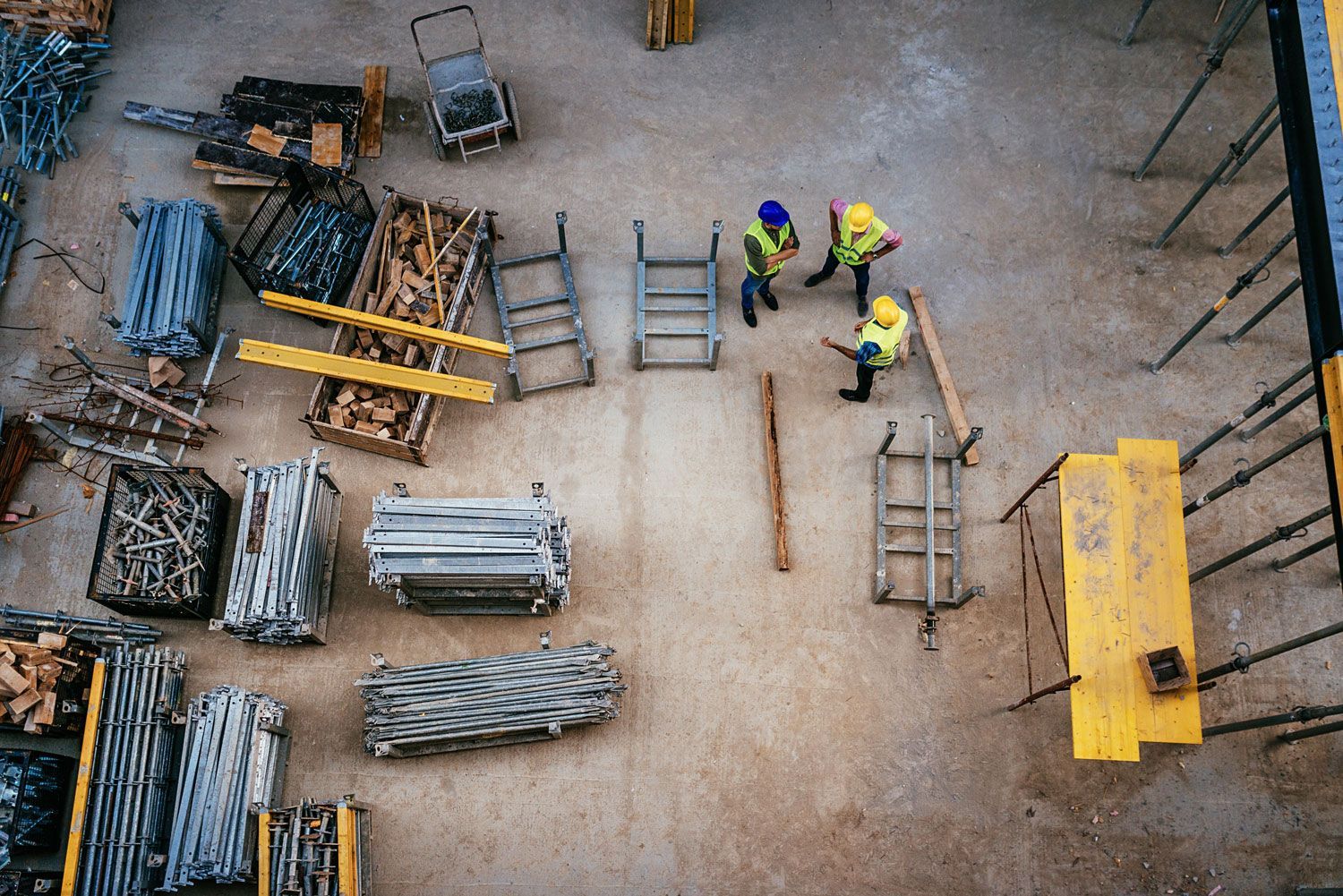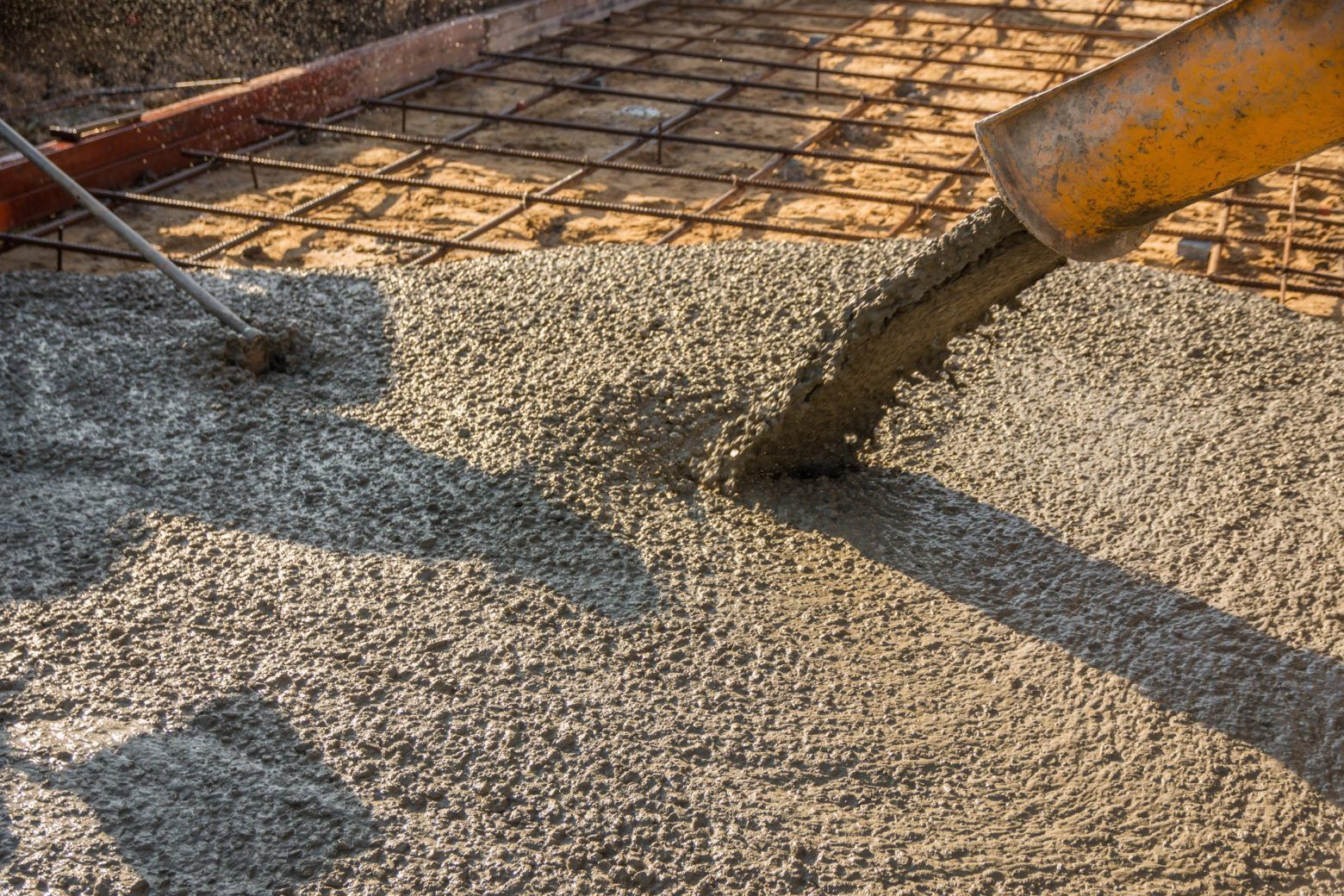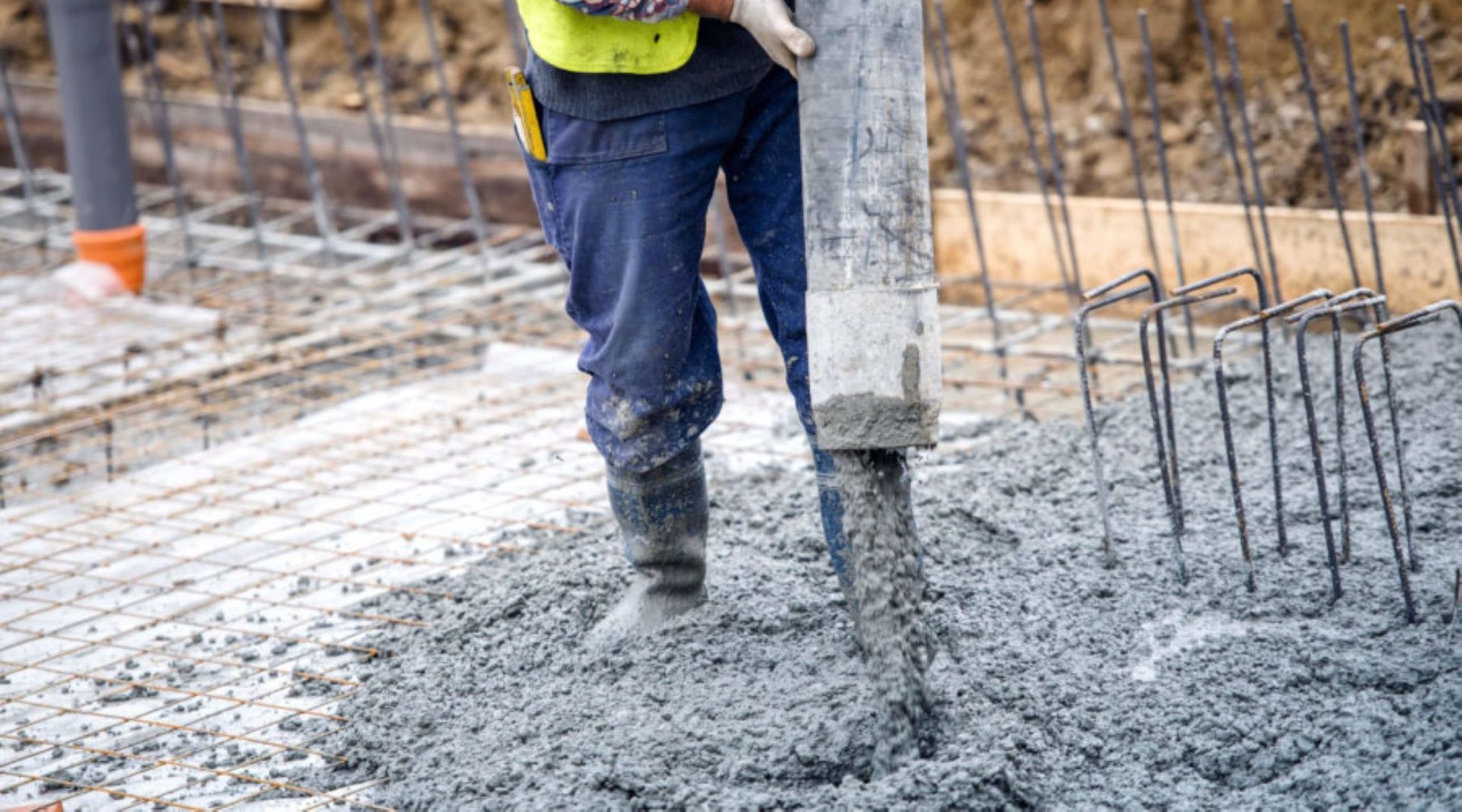Disposal Deep Dive: A Guide to Construction Waste Disposal
Here at WM Thompson & Son, we’re aware of the importance of proper waste disposal - especially in the construction industry, which is single-handedly responsible for producing an estimated third of the world’s entire waste.
Thankfully, modern times come with modern solutions, meaning there are now multiple measures in place to ensure that waste disposal is as sustainable as possible. In this deep dive, we’ll take a look at what measures are put into place to make construction waste disposal more eco-friendly, including the types and amount of waste that is produced and the different methods for disposing of these.
Keep reading to follow us on this informative journey.
Waste Production in the Construction Industry
When it comes to waste production, the construction industry gets a bad rep. Unfortunately, this is with good reason; the Construction Industry Waste Report 2023 tells us that the industry is responsible for generating 62% of the UK’s waste and 32% of all waste that is sent to landfill.
On top of other negative environmental impacts it contributes to - such as the production of greenhouse gas emissions, water pollution and habitat disruption - it’s essential that the industry as a whole looks at ways in which it can reduce the harmful impact it has.
In order to do that, individual construction companies and contractors need to consider what they can do in order to operate more sustainably. One of the ways they can do this is by rethinking their waste management; in particular, they should consider how much waste they recycle and how much they send to landfill.
Recycling vs Landfill
Currently, waste produced at construction sites is either recycled or sent to landfill. Whilst there are some alternative solutions, such as reusing or repurposing waste, recycling and landfill are currently the most prominent solutions.
Naturally, only certain materials can be recycled. There are various reasons why this is the case - it could be that materials are contaminated by something that is difficult (or impossible) to remove, they are mixed with other materials and can’t be separated or the material is simply too inconvenient to recycle due to potential damage to machinery or too much energy being required to fully recycle it.
Of course, for those that can’t be recycled, the immediate solution is to then send them to landfill. Whilst sending waste to landfill is a less than ideal solution, there are ways to reduce the impact this has - namely sustainable landfill practices.
What Construction Waste is Recycled?
There are actually many materials that are commonly used in construction that can be recycled. These include:
● Glass
● Wood
● Metal
● Bricks
● Concrete
● Asphalt
● Plastics
It’s important to note, however, that in order for these to be recycled, they must meet certain criteria. Firstly, it’s important that recyclable materials aren’t mixed - all waste should be segregated into separate, recyclable materials so that as much of it can be recycled as possible.
Another thing to keep in mind is that waste cannot be recycled if it has been contaminated. For example, paint, adhesives, treated timber and contaminated soil can restrict the ability to recycle a material.
For these reasons, deconstruction is a more favourable method compared to demolition. This maximises the potential for materials to be recycled or reused, thus reducing the overall amount of materials that would instead be sent to landfill.
What Construction Waste is Sent to Landfill?
In theory, any type of non-hazardous waste can go to landfill. Of course, since recycling should be the first point of call when it comes to disposing of construction waste, then any waste left over is what will most likely go to landfill.
This often includes inert waste, such as concrete, sand or asphalt. Whilst this can be recycled (for example, it can be turned into aggregates), many construction companies still choose to send this waste to landfill. Non-hazardous yet contaminated waste that subsequently can’t be recycled is also often sent to landfill.
Statistics show that of the 32% of construction waste that is sent to landfill, 13% has the potential to instead be recycled. This highlights the significance of prioritising recycling efforts as part of a considerate waste disposal strategy.
With that said, it’s inevitable that some waste will still end up in landfill. As such, another approach to take is to make sure that your non-recyclable waste is sent to a waste disposal facility that operates a sustainable landfill.
Sustainable Landfill
Whilst the term ‘sustainable landfill’ sounds like an oxymoron, modern advancements have allowed for landfills to not only have less of a negative impact on the environment, but even give back to it.
The main way they can do this is through the utilisation of the gases that they produce. One of the largest disadvantages of landfills is that they produce significant levels of methane - a harmful greenhouse gas that contributes to global warming. However, rather than this gas being released into the atmosphere, it can be harnessed and instead used as a source of renewable energy that can then be used to provide power to the local area.
Not only does this mitigate the contribution to global warming, but it further encourages sustainability by reducing the need for non-renewable energy.
Other ways landfill has been made more sustainable is by using linings to separate the waste from the ground that it sits on. By keeping the waste in this lining, the soil is protected from harmful chemicals, toxins and other harmful contaminants from leaching into it and causing harm to the local ecosystem.
As well as having a lining underneath the waste of a landfill, another consideration is to resurface the landfill site once it’s full. Rather than leaving full landfill sites as they are to be an eyesore, they can instead be covered and resurfaced with a new layer of soil and grass, allowing them to be repurposed into a park, field, golf course or other area.
Various plants and trees can then be planted atop this, which can in turn give back to the environment by encouraging more biodiversity in the area.
The Importance of Responsible Waste Disposal
As you can see, there are various ways of ensuring construction waste is disposed of responsibly, but why is this so important?
Undeniably, the main reason why responsible waste disposal is important is for the purpose of environmental protection. The effects of climate change are at an all time high and we’re at a critical point in time of tackling the issue before its damage becomes irreversible.
With careless waste disposal having such a negative impact on the environment, this is just one of many areas that needs to be addressed in the fight against climate change. Operating sustainable waste disposal practices within construction, then, helps to protect the environment in multiple ways, including:
● Reducing emissions
● Saving natural resources
● Reducing contamination
● Conserving natural landscapes
As well as environmental preservation, there are other reasons why responsible waste disposal is favourable. One reason in particular is for financial benefit. Sending waste to landfill involves fees, so the more construction companies recycle, the more costs they save. On top of this, there are various grants and financial incentives for operating more sustainably - both for sustainable construction and sustainable waste management.
Professional Waste Removal & Recycling Service
If you work in construction and are looking for a professional waste removal service based in Scotland, then we’ve got you covered here at William Thompson & Son.
We strive to make our waste disposal services as eco-friendly as possible, which is why we go through all the construction waste we receive in order to separate out any recyclable materials. After recycling as much of the waste we receive as possible, we then ensure any leftover, non-recyclable waste is disposed of safely and correctly.
So, if you’re looking for sustainable landfill and recycling services in West Scotland, then we’re the ones to come to. we work closely with the following agencies, so you can rest assured that we conform to all current regulations and keep our negative environmental impact to a minimum:
● S.E.P.A. (Scottish Environmental Protection Agency)
● Historic Scotland
● Environmental Health
● West Dunbartonshire Council
To ensure your construction waste is disposed of responsibly, then get in touch with us today to discuss what our services can offer you.

